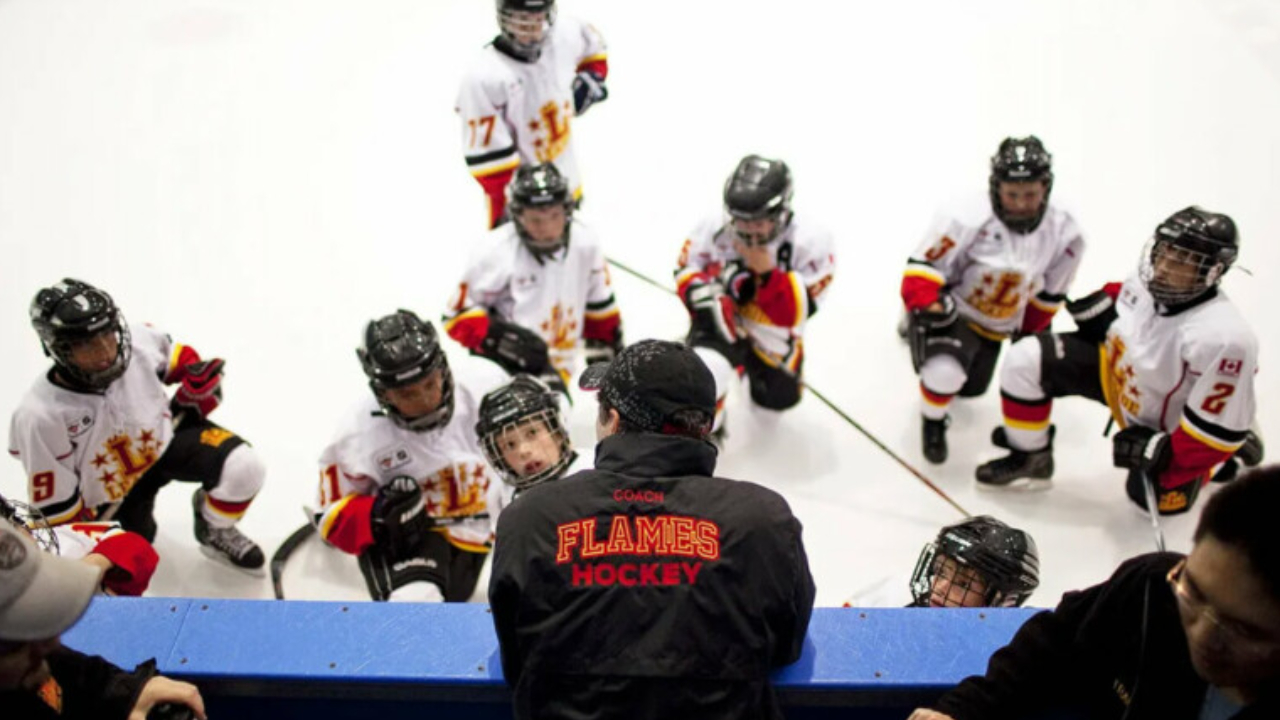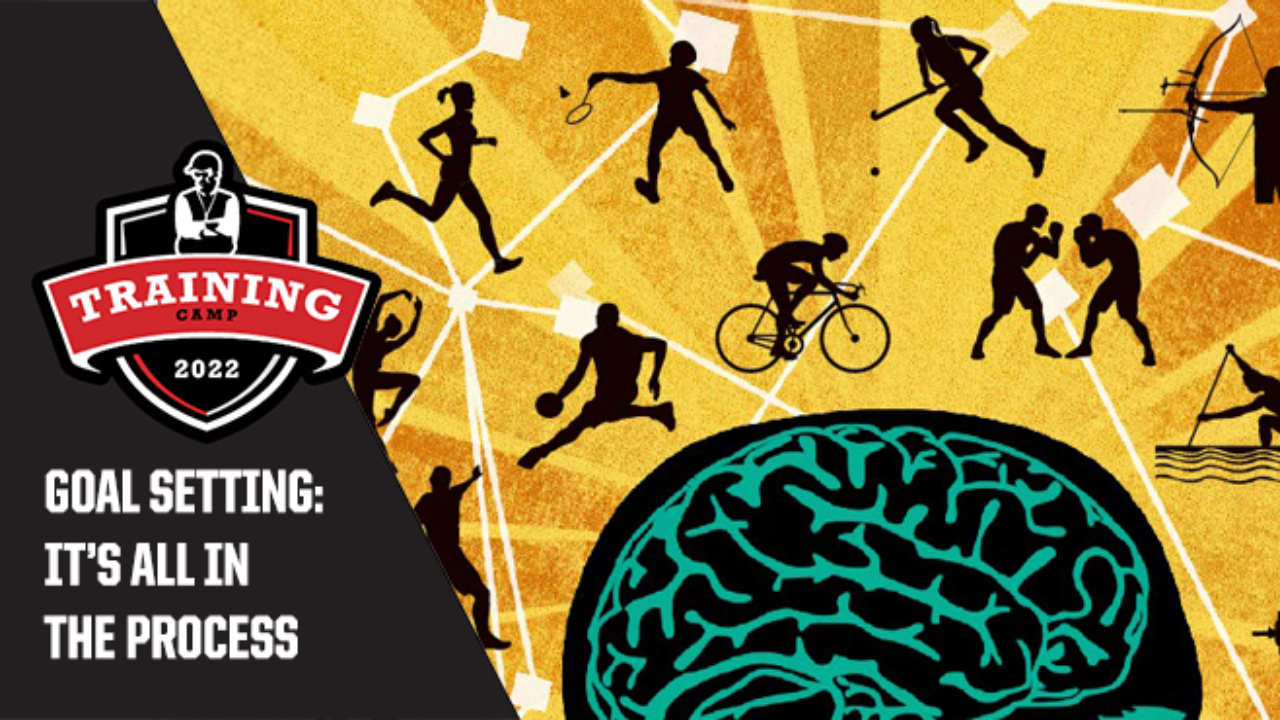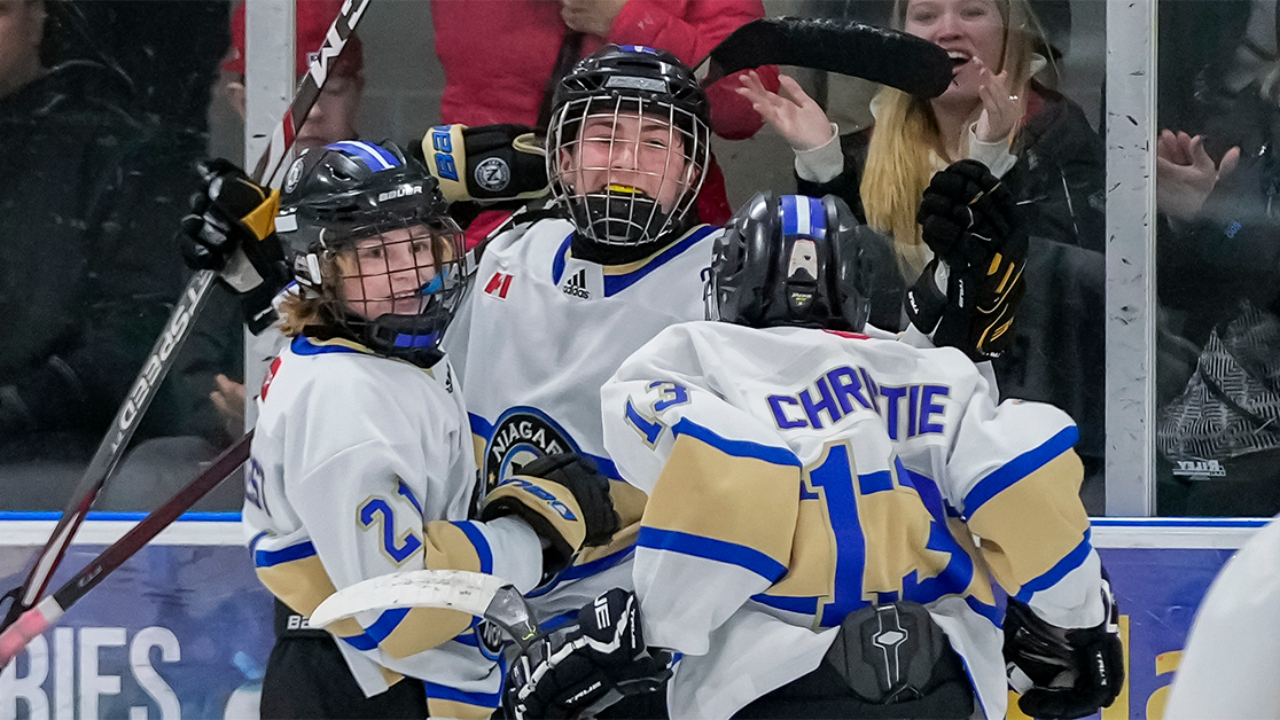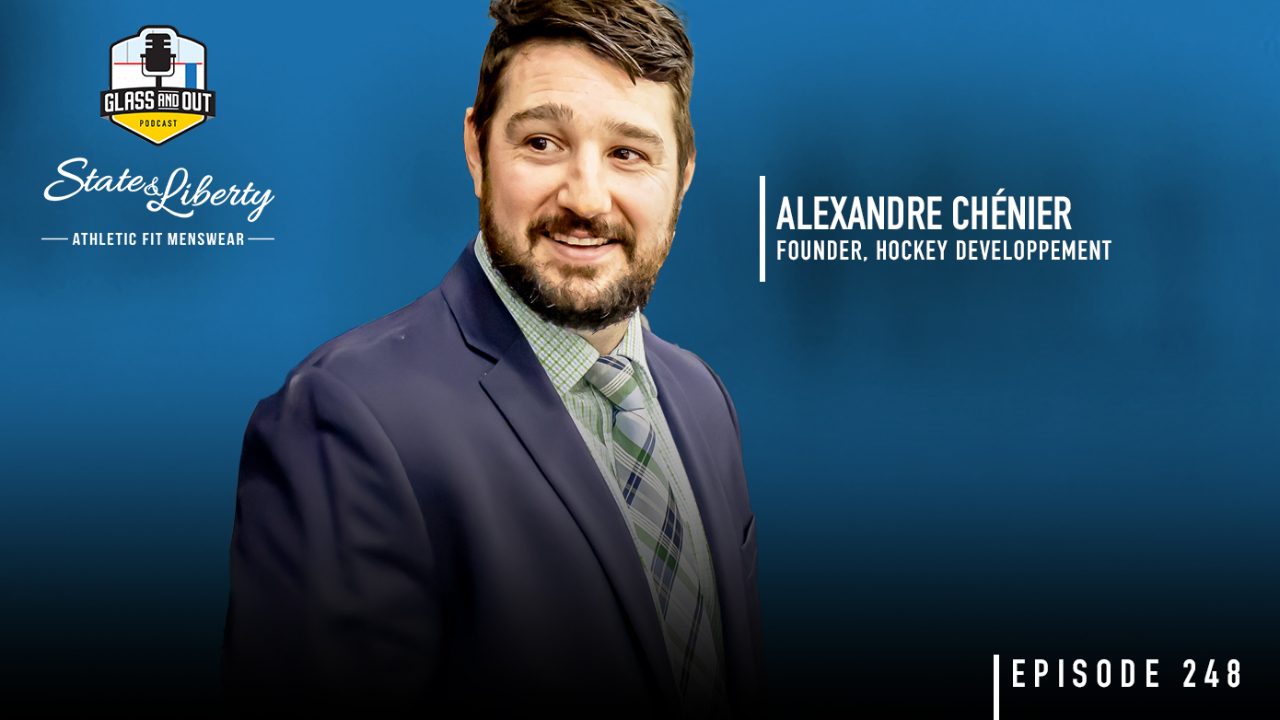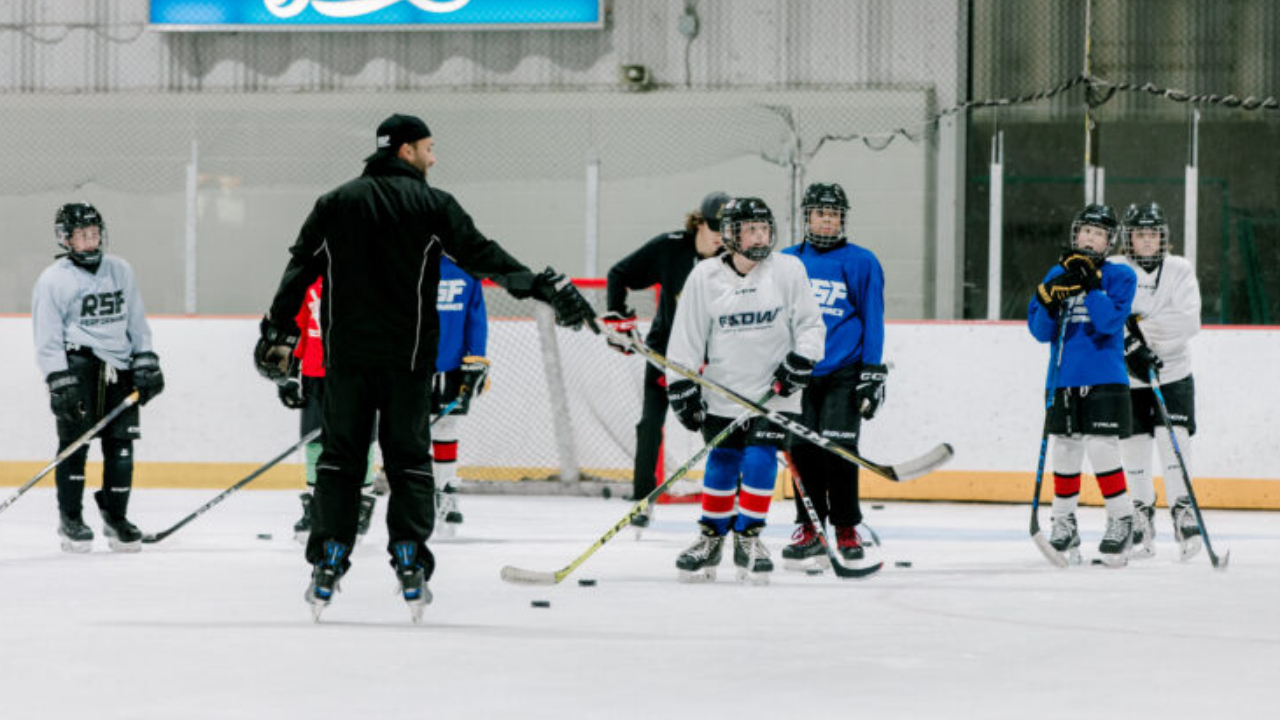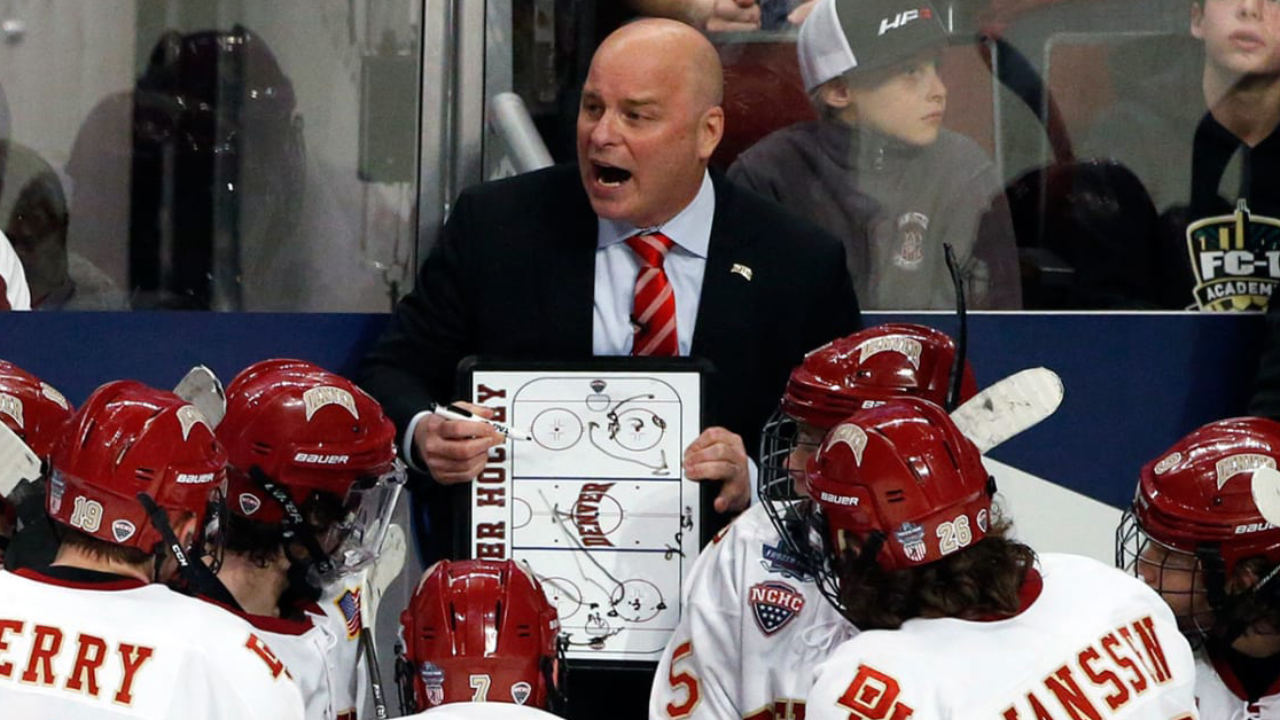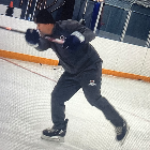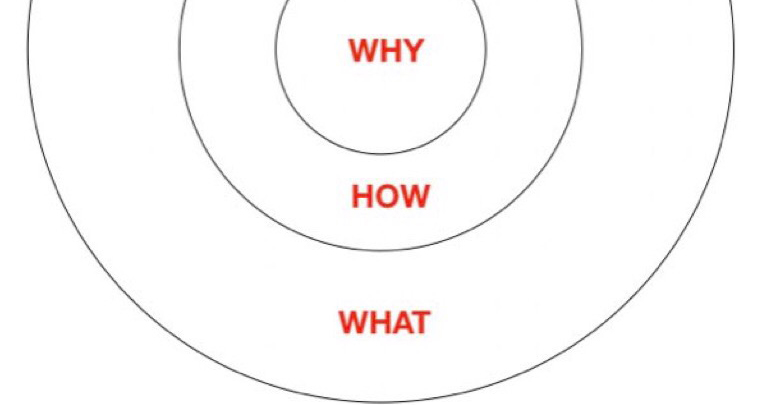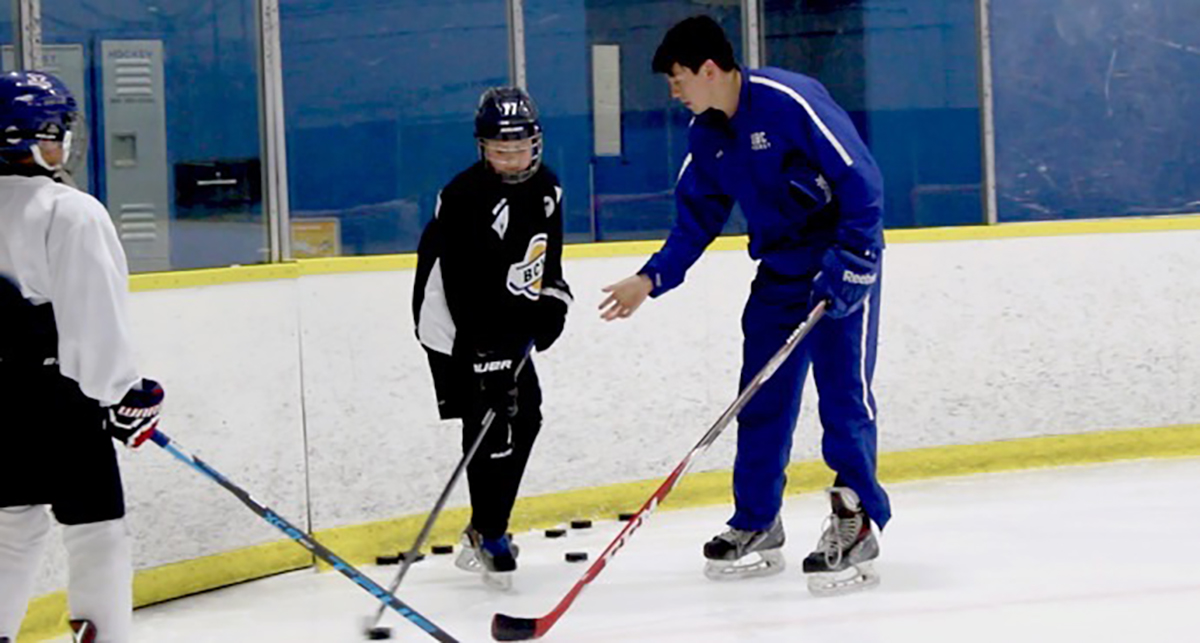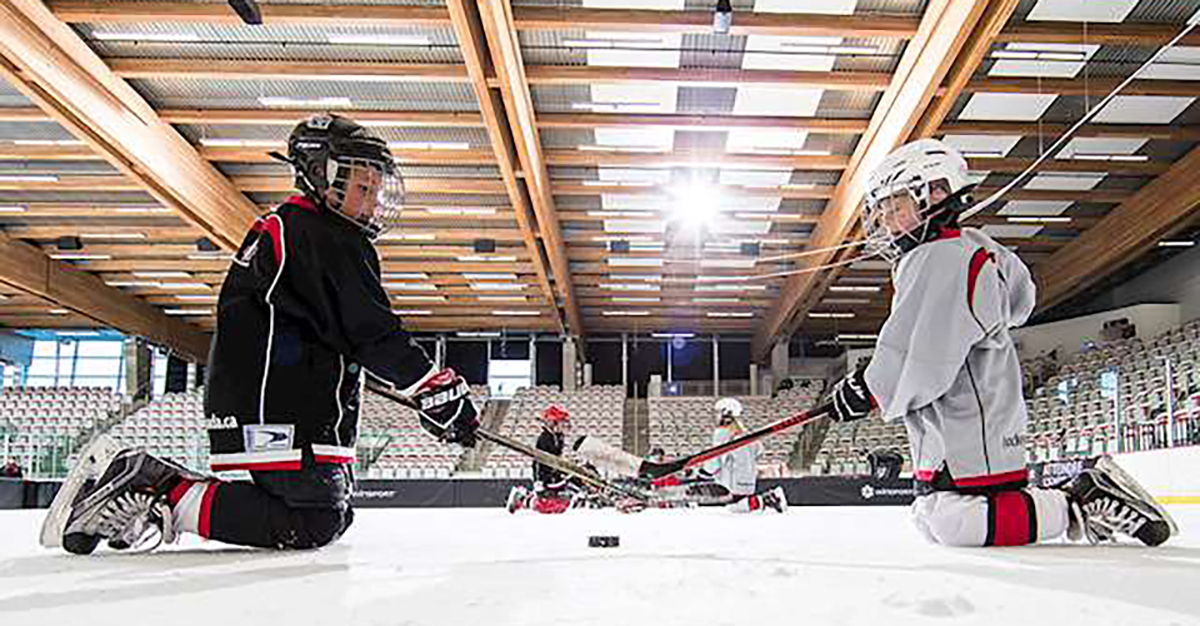
Player Development
The key to successful organizations are evaluating, recruiting and developing the skills and abilities of their people. Once you have recruited and signed an athlete, the development process starts immediately and is a never ending process as illustrated in the above diagram. One of the effective methods used by organizations is to conduct regular One on One Player Development Meetings to establish and build the relationship between the player and his/her coach and the members of the organization.
These meetings are used to support the athlete in the development process. The steeper the learning curve the better and for this reason the process must be efficient and effective in managing the development issues faced by the person/athlete. The goal should be self-reliance, the player should be able to manage his/her own development process with diminishing need for the meetings and support as time goes on. Every player should be supported to get to the skilled or unconscious competence stage in the hierarchy of learning in all aspects of their sport. When we teach and coach character development we are preparing the person/athlete for life because failure is inevitable and they will need to have the skills to overcome adversity.
Purpose Statement
It benefits everyone involved in the player development process to understand the ‘why’ behind the participants involvement. A clear purpose statement should identify the reasons for conducting these meetings. You want to ensure there is a commitment to the process by the participants and they recognize there is value in the meetings to achieve individual, team and organizational goals.
Participants
- Head Coach
- Player
- Assistant Coaches
- Subject Matter Experts
- Technical Support (as required)
Environment
The environment for conducting the meetings is important to the process. Lighting, temperature of the room, access to electrical outlets, comfortable seating, technical aids (video) and amenities to ensure an effective meeting.
Agenda
An agenda for the meeting with input from the player and coach is important to keeping the meeting focused and time oriented. Setting time to address issues and a time frame to conduct the meeting demonstrates to the participants everyone’s time is important and the meetings are focused.
Continuity
The frequency of the meetings should depend on the player’s needs. Keeping a record of the meeting is essential to tracking the issues addressed and following up on key work and issues in subsequent meetings. What needs to be brought forward to the next meeting must be tracked and on the next meeting agenda.
Subjects
- Player Evaluation
- Development Plan
- Development Issues
- Performance Issues (current)
- Performance Measurement
- Health & Wellness
- Family & Friends
- Circle of Influence
- Educational Issues
- Life After Sports
- Questions & Answers
- Hobbies & Interests
- Leadership & Emotional Intelligence
- Character
- Expectations of Player & Coach
Problem Solving
There are always going to be issues that surface that need to be addressed. Making time to listen to the player and his/her problem(s) and possible solutions is important to the development process. Coach can help by effectively listening and to help the player land on solutions.
Technical Aids/Resources
The more objective the meetings the better so being able to breakdown video and share data and statistical information is important to the development process.
Player’s Goals & Performance Objectives
It’s important for the Coach to know the player’s goals and performance objectives and the work the player is currently engaged in daily to achieve them. Every coach should be interested in learning from the player his/her daily habits and focus to achieve improved performance.
Resources
It is really important to make the player aware of the support that the team can provide to their development process. The player has to do the hard work and be self-disciplined and committed to getting better but the team and organization should ensure the player is fully supported by the resources available to them.
Record/Note Taking
Notes are helpful for reflection and tracking the development process.
Player Engagement
The player is ultimately responsible for their own development as a person and athlete. As a coach and participants to the process it is important to learn the perspectives of the player on development issues. Active listening and engaging the player as an active participant in problem solving and solutions is critical to the goals of self-reliance and their development. Asking the player open ended questions is one of the keys to learning the player’s thoughts and ideas on specific subjects. You cannot coach a player who doesn’t want to be coached so their engagement in the development process is critical to building their trust, respect and a relationship, which will be helpful to the developmental process.
Conclusion
Player development meetings can be a highly effective tool to the development process and in establishing a high performance environment for players.

